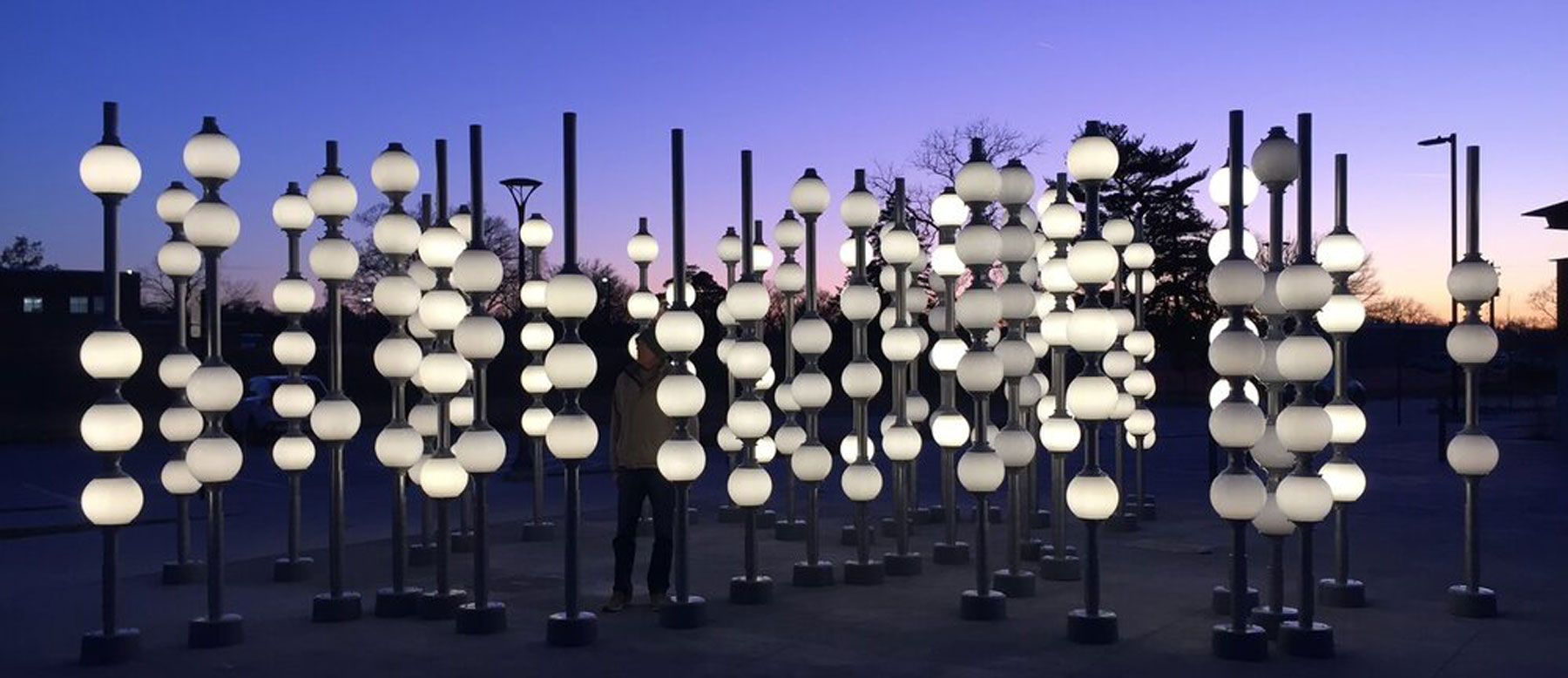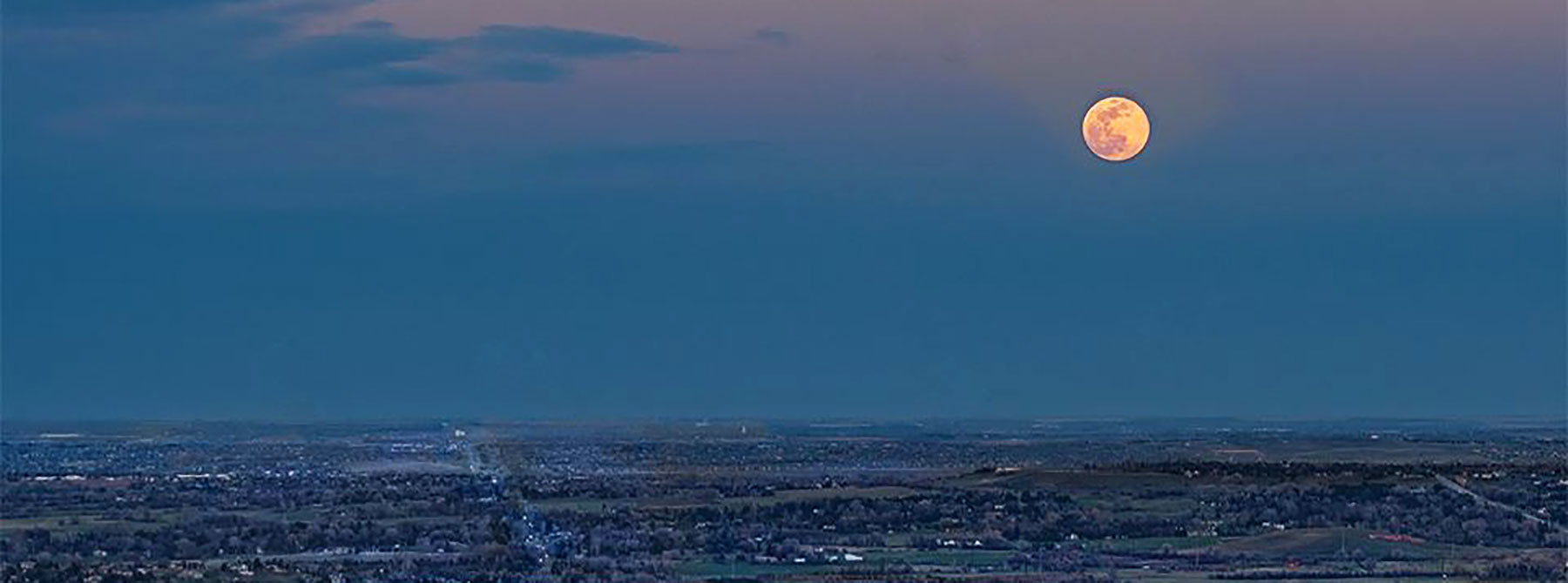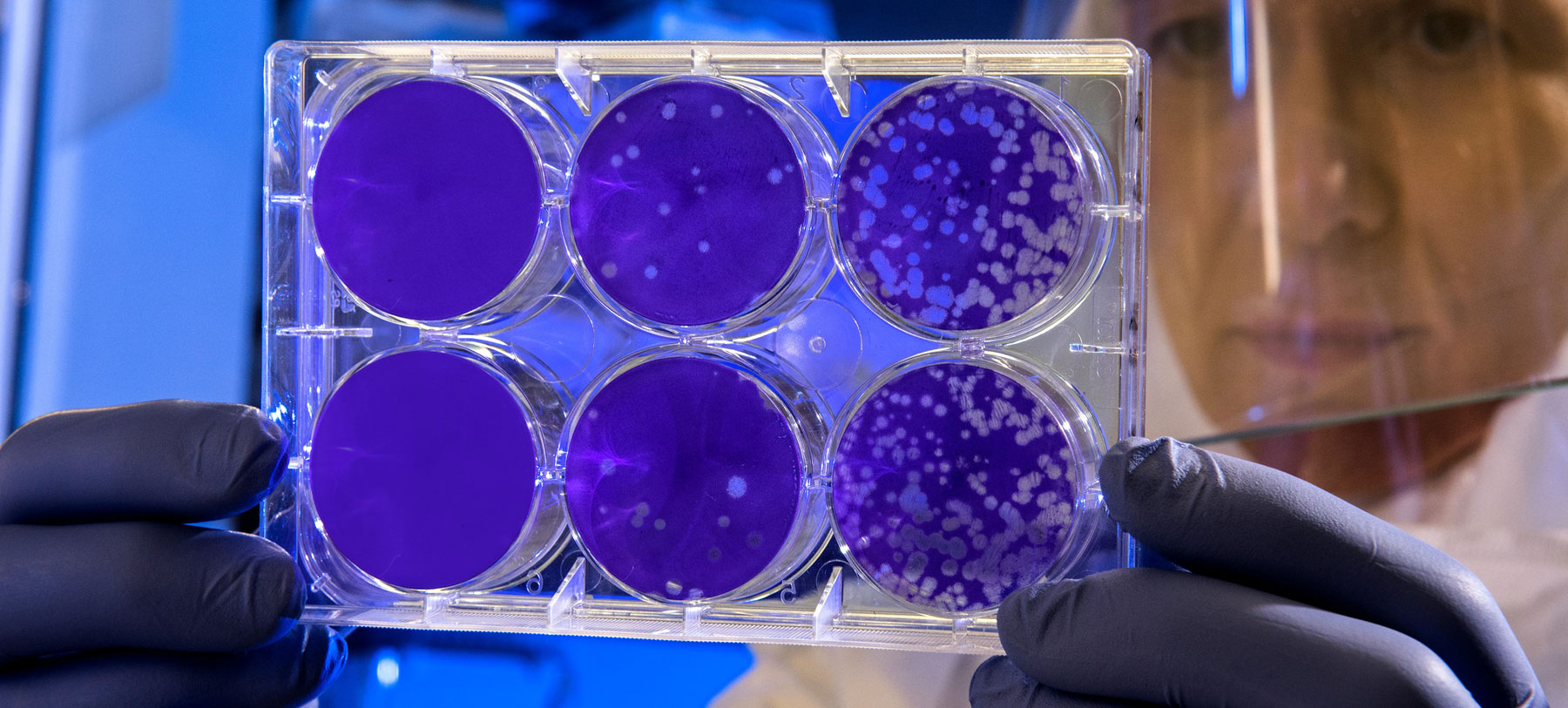Editor’s note: See all our features in this month’s art issue here.
As a booming business + tech town, Boulder has the potential to unleash dynamic expressions of creative energy, which it does to a certain extent, but often appears in a tamped-down form. For now, artists making work outside of the traditional art forms such as painting, sculpture, photography and fiber-work still struggle to find a space to show and mostly focus on out-of-state opportunities.
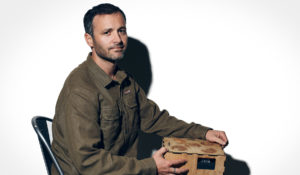
Some are working to change that, including Jiffer Harriman, a multimedia artist and engineer who teaches as an adjunct professor at adjunct faculty in CU’s Creative Technology program ATLAS, and who’s looking to build a tech arts scene in Boulder.
Jiffer fuzes his background as an engineer, musician and creative to generate new sounds and experiences through interactive, light and sound-based installations and musical instruments.
The interaction between people and computers, the ability to control output from a different direction, and creating patterns that an instrument can respond to digitally to create new sounds form the impetus of Jiffer’s exploration.
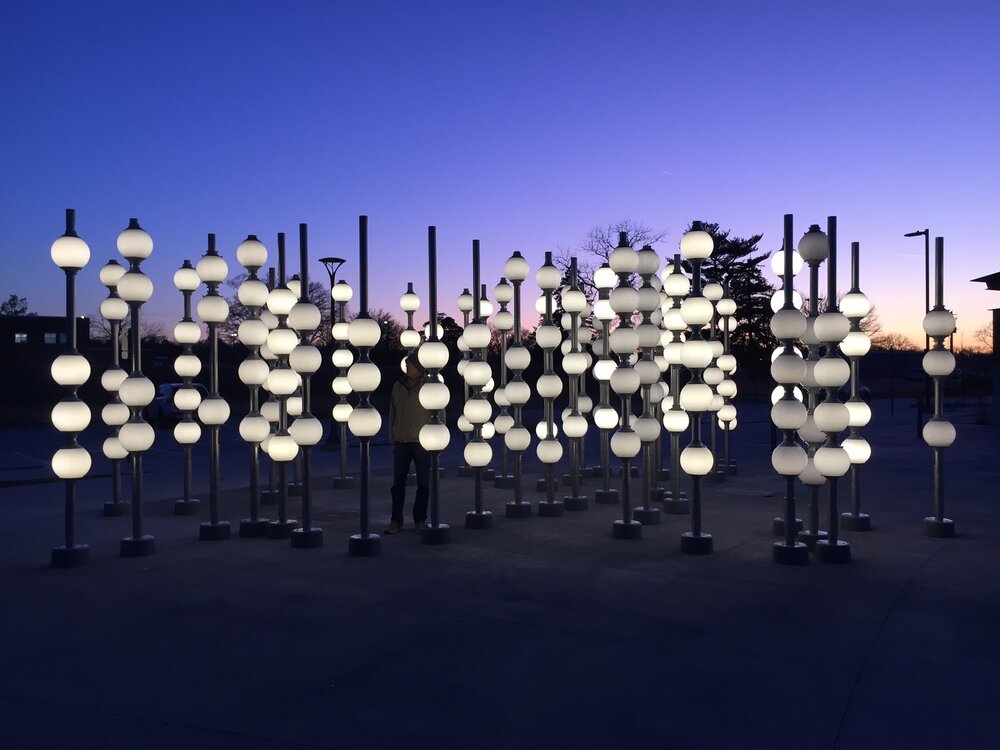
While completing his masters at Stanford University in the music technology program, Jiffer met world-renowned artist and visiting professor Trimpin, who has permanent installations in museums all over the world, including kinetic sculptures and other musical and robotic elements. Through an eventual apprenticeship with Trimpin, Jiffer began to build interactive sculpture using computational visuals, writing software and code to create his own visuals.
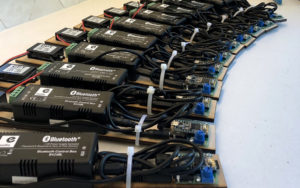
Currently, Jiffer’s experiments include LED strips programmed with visual effects that you can control via corresponding musical instruments, like animating lanterns with multicolored lights controlled by a trombonist.
He uses these lights in performances around town, creating an ambient sound-reactive installation in conjunction with other events like house concert series entitled Kismet.
Making a space for tech arts
Jiffer isn’t the only one in Boulder working in tech arts. Michael Theodore also works in a variety of mediums to create dynamic fields of color, light and sound inspired by his observations of the natural world. Michael’s interactive, kinetic installations have been shown around the world from Greece, Spain and Germany to Trinidad y Tobago, just to name a few.
Michael Theodore’s installation “endo/exo” with control software written by Jiffer Harriman. “The setup included 55 nodes with a microcontroller and servo motor each. Messages were passed to neighbors to enable emergent behaviors.” Video: michaeltheodore.info.
While there’s a variety of city funded events and infrastructure built for supporting the arts in Boulder, there hasn’t been a whole lot of fire when it comes to experimental artist happenings and spontaneous shows in the visual arts community.
And with a barrier of time, energy and focus between the tech industry and the various pocket’s of Boulder’s art scenes, we haven’t yet found many — if any — big cultural places to create scenes like this. With the tech industry in such high demand, engineers, software writers and techies of all forms have to focus on growth pertaining their work and field with little extra time to expend into other forms of creativity, especially when there’s no established framework for such a marriage.
Trying to pull all of these people out of their disparate nooks can pose some difficulty, and while Boulder has begun to see more conceptual, nonrepresentational and experimental work, it pulses underground.
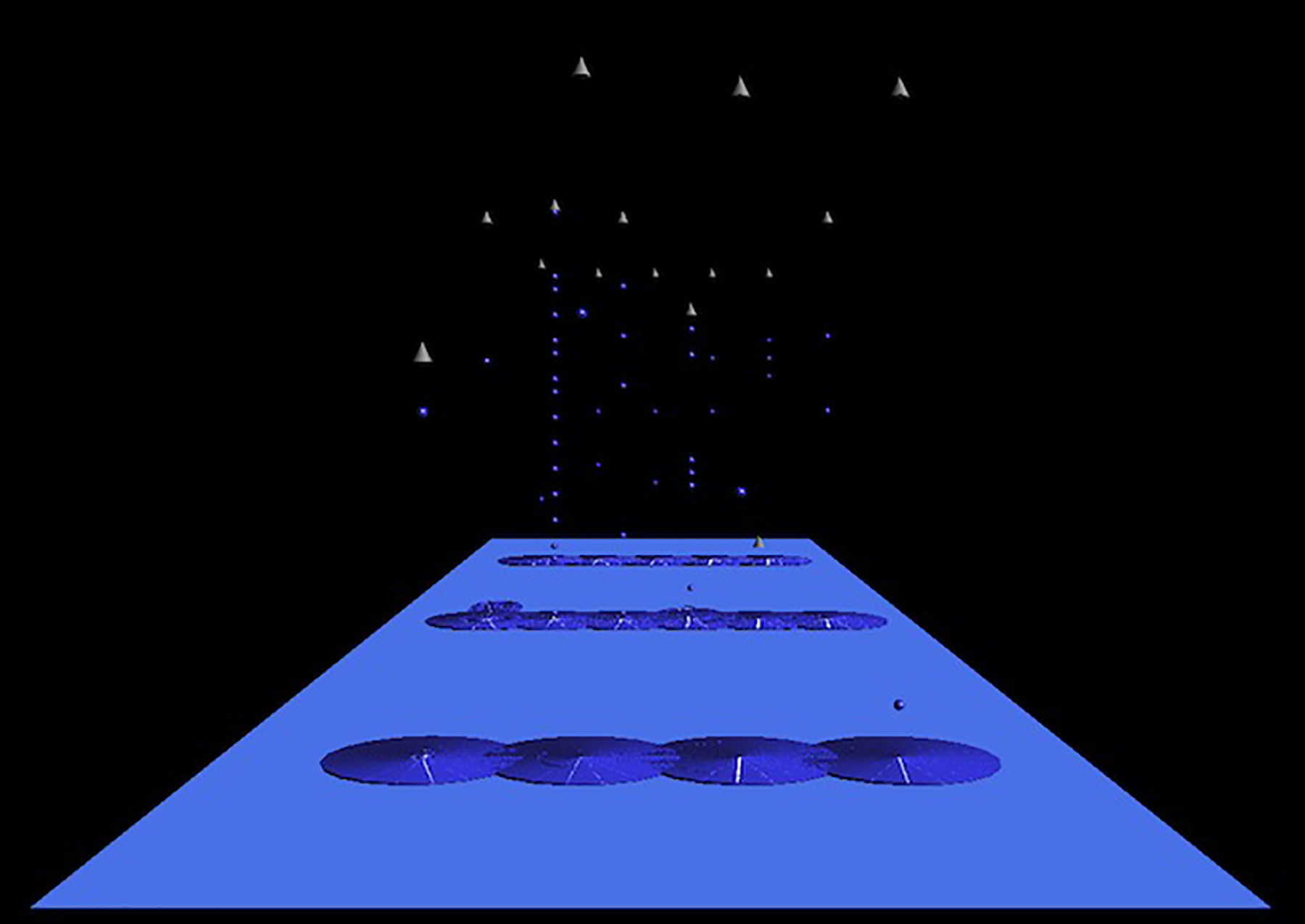
To create a scene tailored to the work he makes and to find other like-minded artists, Jiffer began a group called Boulder Experiments in Art and Technology, which will be hosting its first show, beMused, Friday, May 22, 7 p.m. – 10 p.m. at the Museum of Boulder — a one-night event with work from more than 20 artists, ranging from interactive installations to video and musical performance.

Image from Jiffer’s show “SolidNoise,” through which a robotic music ensemble explores new techniques to make music by triggering a variety of motors to produce sound by physically striking, shaking, tapping or blowing on different physical objects, including the architecture of the space itself. Image: jifferharriman.com.
Header image: “River Constellation,” a permanent site-responsive, multimedia public sculpture in Iowa Jiffer developed in collaboration with a sculptor and musician. Lighting design by Dispersion. Image: Natalia Zubko.

